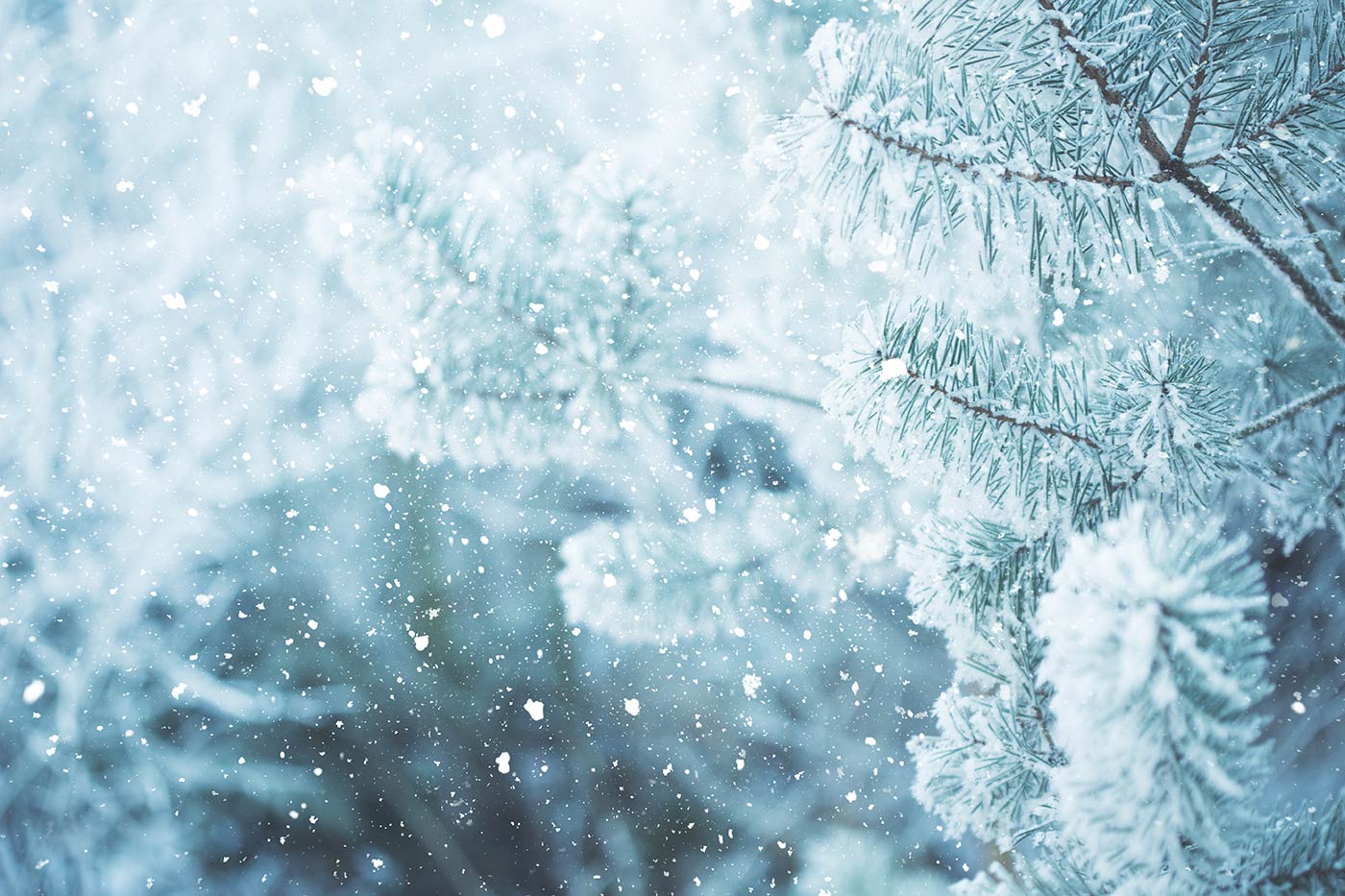Capturing the Colors of the Northern Lights
14.8.2024
The Northern Lights, or Aurora Borealis, are one of nature’s most mesmerizing phenomena. Capturing their vibrant colors on camera can be a rewarding yet challenging experience. This guide aims to provide you with comprehensive information on how to photograph the Northern Lights effectively, with a special focus on the Arctic Clay Land region.
Understanding the Northern Lights
The Northern Lights are caused by the interaction between solar wind and the Earth’s magnetic field. This interaction excites particles in the Earth’s atmosphere, resulting in the stunning light displays we see. The colors of the Northern Lights can range from green to pink, red, yellow, blue, and violet, depending on the type of gas particles involved and their altitude.
Understanding the science behind the Northern Lights can help you anticipate their appearance and plan your photography sessions accordingly. Websites and apps that track solar activity and geomagnetic conditions can be invaluable tools for this purpose.
Best Time and Place to See the Northern Lights
The Northern Lights are most visible during the winter months, from late August to April, when the nights are longest and darkest. The Arctic Clay Land region offers some of the best opportunities for viewing the Northern Lights due to its clear skies and minimal light pollution.
Local service providers in the Arctic Clay Land area often offer guided tours and real-time alerts to help you catch the best displays. These services can be particularly useful for first-time visitors who may not be familiar with the region.
Essential Equipment for Northern Lights Photography
To capture the Northern Lights effectively, you’ll need the right equipment. A DSLR or mirrorless camera with manual settings is ideal. While it is possible to use a point-and-shoot camera or even a smartphone, the results may not be as impressive.
- Camera: DSLR or mirrorless with manual settings
- Lens: Wide-angle lens with a large aperture (f/2.8 or lower)
- Tripod: Essential for long exposure shots
- Remote Shutter Release: To avoid camera shake
Having the right equipment can make a significant difference in the quality of your photos. Investing in a good tripod and remote shutter release can help you achieve sharper images.
Camera Settings for Capturing the Northern Lights
Setting your camera correctly is crucial for capturing the Northern Lights. Here are some recommended settings to get you started:
- ISO: 1600-3200
- Aperture: f/2.8 or lower
- Shutter Speed: 5-15 seconds
- Focus: Manual focus set to infinity
These settings can vary depending on the brightness and movement of the Northern Lights, as well as the ambient light conditions. Experimenting with different settings can help you find the perfect balance for your specific situation.
Choosing the Right Location
Location is key when it comes to photographing the Northern Lights. The Arctic Clay Land region offers numerous vantage points that are ideal for capturing this natural wonder. Look for open areas with minimal light pollution and a clear view of the northern horizon.
Local guides can provide valuable insights into the best spots for Northern Lights photography. They can also help you navigate the terrain, especially if you plan to venture into more remote areas.
Post-Processing Tips
Post-processing can enhance your Northern Lights photos, bringing out the colors and details that may not be immediately visible in the raw images. Software like Adobe Lightroom and Photoshop are popular choices for editing Northern Lights photos.
- Adjust White Balance: To correct any color casts
- Increase Contrast: To make the lights stand out
- Reduce Noise: Especially important for high ISO images
Post-processing should be used to enhance your photos, not to create unrealistic images. Aim for a natural look that accurately represents the beauty of the Northern Lights.
Safety Considerations
Photographing the Northern Lights often involves spending long hours outdoors in cold conditions. Dressing in layers and wearing appropriate winter gear is essential to stay warm and comfortable. Always inform someone of your plans and carry a fully charged phone for emergencies.
Local guides can also provide safety tips and ensure that you have a safe and enjoyable experience. They are familiar with the terrain and can help you avoid potential hazards.
Conclusion
Capturing the colors of the Northern Lights is a magical experience that requires preparation, the right equipment, and a bit of patience. The Arctic Clay Land region offers some of the best opportunities for witnessing and photographing this natural phenomenon. By following the tips and guidelines provided in this article, you’ll be well on your way to capturing stunning images of the Northern Lights.
We hope this guide has been helpful and informative. Happy shooting!

